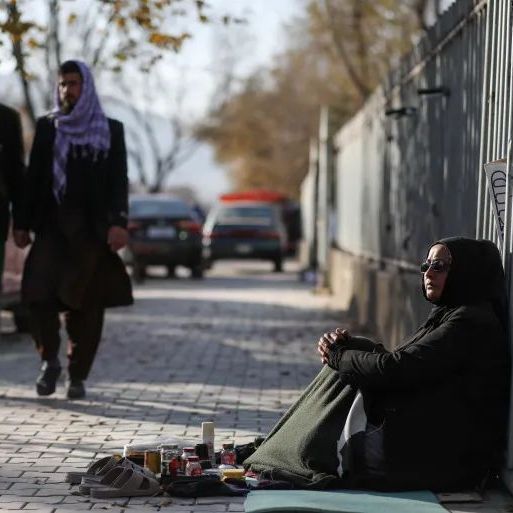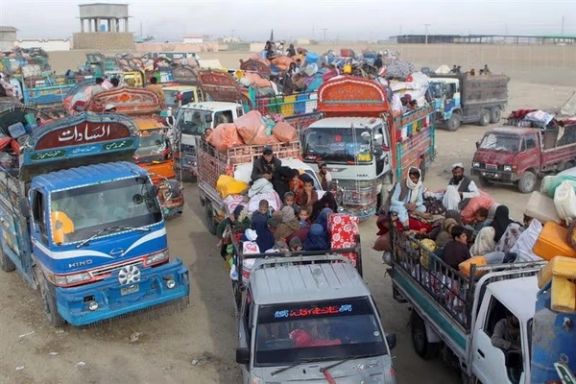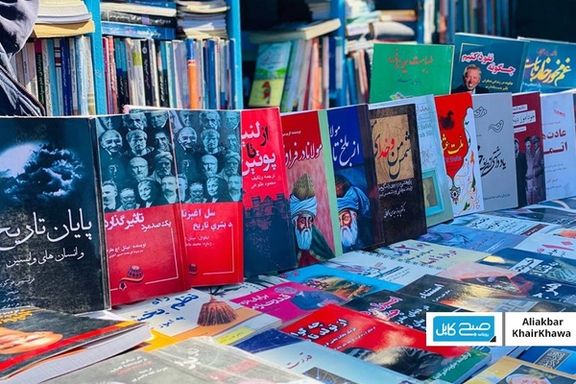In an interview with the Russian radio station Komsomolskaya Pravda, Kabulov described Afghanistan as a strategic transit corridor connecting northern Eurasia, including Russia, to southern Asia, enhancing its value as a geopolitical bridge.
Kabulov stressed that normalising relations with the Taliban was essential for promoting Russia’s regional interests. However, he noted that formal engagement remains constrained by legal barriers, particularly the Taliban’s continued designation as a terrorist organisation in Russia.
That designation was officially suspended on 17 April, when Russia’s Supreme Court approved a request from the Prosecutor General’s Office to lift the ban on the Taliban’s activities. Supreme Court Judge Oleg Nefedov confirmed the ruling would take effect immediately.
Kabulov emphasised that full legal recognition of the Taliban is necessary to enable Russian governmental bodies, private companies, and NGOs to sign valid contracts and engage in official dealings with Afghanistan. He did not elaborate on the next steps in the recognition process.
Reflecting on historical ties, Kabulov said that during the Soviet era, commercial exchanges with Afghanistan were virtually non-existent, limited mostly to humanitarian and development aid. In contrast, he argued, Russia now sees strategic incentives to engage more substantively with Afghanistan.
According to Kabulov, a stable governing authority in Kabul is vital for containing terrorism and other cross-border threats that could affect Russia and its allies. Still, he warned that the Taliban cannot maintain power indefinitely through coercion alone. He underscored the need to address Afghanistan’s deep socioeconomic challenges and to prioritise national development, particularly efforts to meet basic human needs such as food security.






